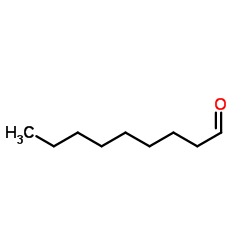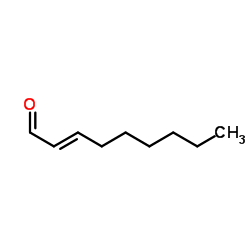| 结构式 | 名称/CAS号 | 全部文献 |
|---|---|---|
 |
正壬醛
CAS:124-19-6 |
|
 |
反-2-壬醛
CAS:18829-56-6 |
| 结构式 | 名称/CAS号 | 全部文献 |
|---|---|---|
 |
正壬醛
CAS:124-19-6 |
|
 |
反-2-壬醛
CAS:18829-56-6 |